‘Museums aren’t the be-all’: inside Singapore’s independent art scene
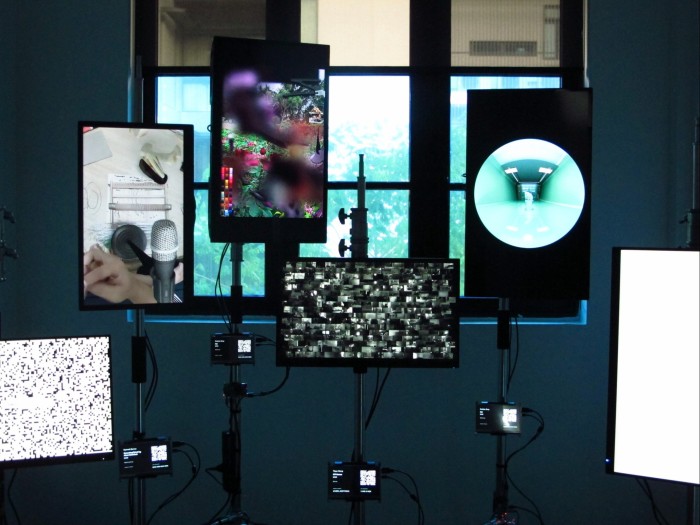
Roula Khalaf, Editor of the FT, selects her favourite stories in this weekly newsletter.
In Singapore, the state has invested heavily in the arts. Although this has been a boon to local artists in many ways, it has mostly involved support for museum institutions and large-scale events such as fairs and biennales.
“In Singapore, the state is always a participant, either as an invisible co-curator or co-commissioner or as a more active agent,” says Singaporean artist Jason Wee, founder of independent outfit Grey Projects. “What is sorely lacking are small- and medium-sized spaces, where artists, curators, and directors can develop projects and relationships under different conditions.”
Grey Projects is one of a handful of spaces challenging the bureaucratic matrix of the city’s state-led art scene. “Museums aren’t the be-all space of art,” says Wee.
Starch
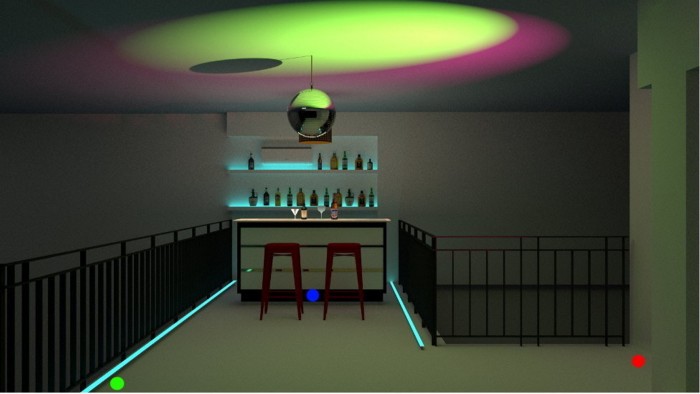
Starch established itself in 2021 as a flexible gallery that would adapt and morph depending on artists’ needs. “When I was offered a large space,” says founder Moses Tan, “the original idea was to first commit to a one-year programme, with each month given to artists to experiment or workshop in or to put up an exhibition.” This has carried on for a second year and there are no plans to stop.
Tan, an artist himself, was inspired by spaces such as Supernormal in Singapore, Hidden Space in Hong Kong, Speedy Grandma in Bangkok and some artist-run initiatives in Australia. He has also collaborated with Grey Projects on programming around queer art. But instead of following the blueprint of other galleries, Tan tried to understand their ethos and the part they played in the bigger art system. “It led me to consider how I could also contribute to an organic framework with Starch, to hopefully support the arts with kindness and flexibility,” he says.
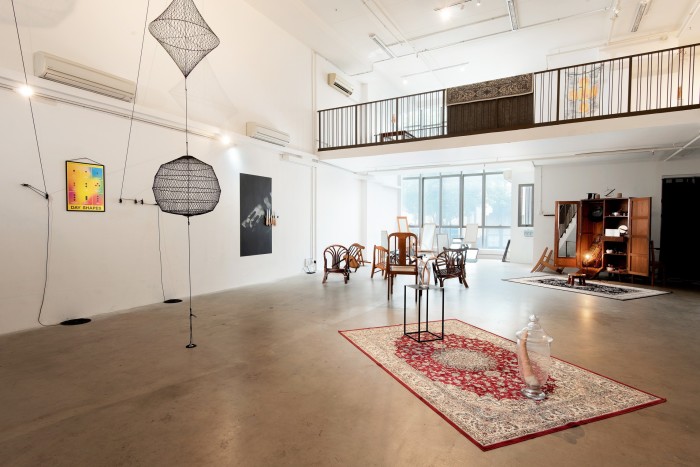
One project Tan is particularly proud of is Inheritance of Parts, a 2021 installation-based group show inspired by Kuo Pao Kun’s play Descendants of the Eunuch Admiral. He says the show was “maximalist while thoughtful in its considerations of display and performance”.
This year’s art week is a busy one. The space will host a show titled Nighthawks, curated by artist Jeremy Sharma, made up of works on the theme of “expanded cinema”, which is part of a collaboration with nearby design studio Supper House. Starch will also be participating in talks and performances.
Seed the Art Space
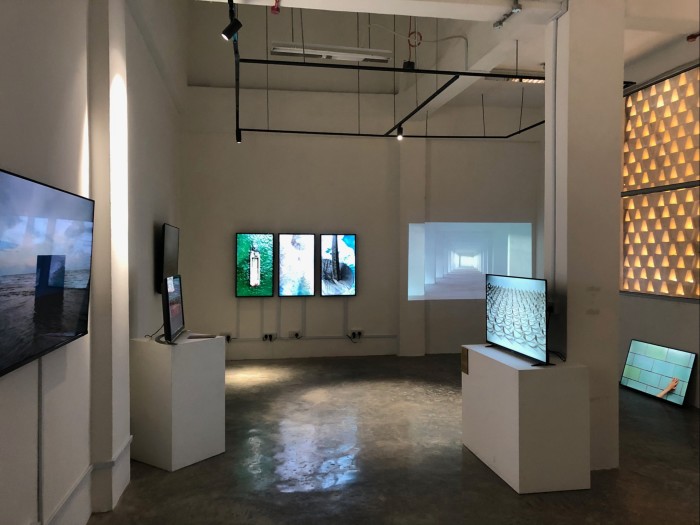
Independent non-profit space Seed aims to push the boundaries of art from south-east Asia. It was founded in 2019 by Ivy Lam, Lourdes Samson and Connie Wong, all graduates of the MA course in Asian art history at the Lasalle College of the Arts in Singapore. Wong cites London-based Parasol Unit and Hong Kong’s Para Site as among the trio’s inspiration.
“We are seeding new ideas, new artistic approaches and new audiences, allowing the platform to be more open to different art projects,” says Samson. An exhibition which shaped the direction of the space was Work in Progress: Video Art from Southeast Asia. “This was one of the few shows in Singapore that featured video as an important medium used by south-east Asian artists.”
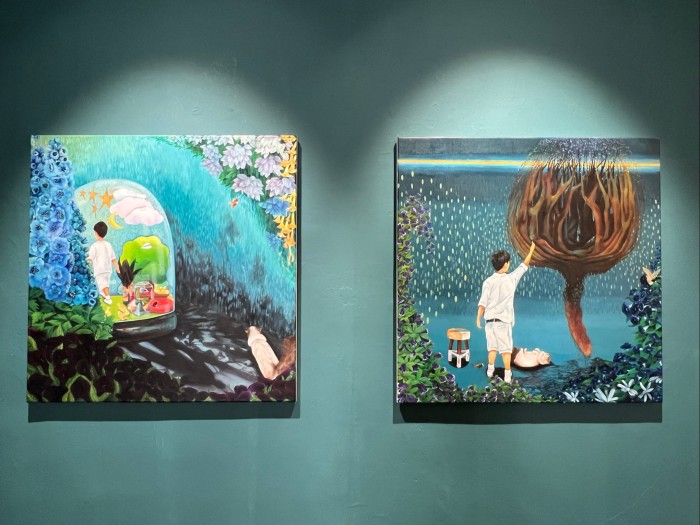
Located in a gallery in the River Valley area (until February, when its lease expires and it will have to move), Seed has occasionally expanded into larger exhibition venues on a project basis, including Gillman Barracks, Tanjong Pagar Distripark and The Substation. “We realise that Seed is not specific to a location,” says Lam.
From January 8 to February 4, Seed will present The Garden by Singapore artist Ernest Chan — who was the first artist to exhibit in the space, back in 2019 — and will feature paintings, drawings and ceramic sculptures reflecting on the connections between humans and nature.
Grey Projects
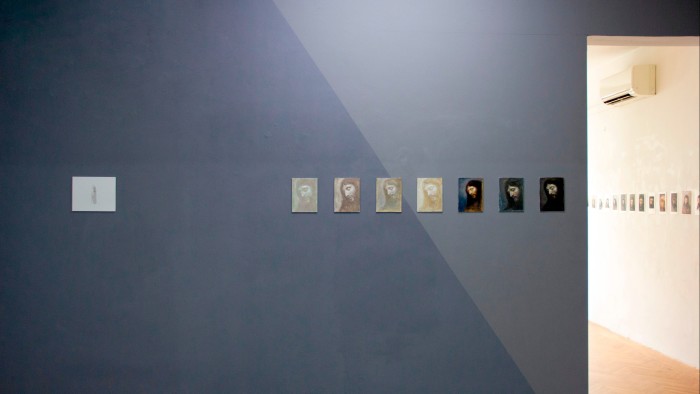
Over its 15 years, the artist-run Grey Projects has grown to encompass two galleries, a library, a studio and a residency apartment. The residency programme has given Grey Projects a reputation for research-led international artistic exchanges, as well as experimental curatorship.
Wee, who was inspired by earlier Singaporean artist-run experiments such as Plastique Kinetic Worms and Lee Wen’s Independent Archive, founded Grey Projects as a home for nonconformist art, including queer art, when the field was ostracised in Singapore. Today it has expanded to encompass a variety of artists, including performance artist Amanda Heng, who recently had a show there exploring interpersonal communication in urban environments.

During Singapore Art Week Grey Projects will be showing the sound and video works of Seo Hye-Soon as part of a partnership with MMCA Seoul. It is also about to launch the next edition of Walk Walk Don’t Run, its open-studio art tours.
At the end of July, Wee will take a break from public programming in Singapore, saying that “it’s time to make space for others”. He also has a multiyear project of his own to focus on. “I am an artist and a writer in the end,” he says. “But it’s not the end of Grey Projects yet, we have a few more projects down the line.”
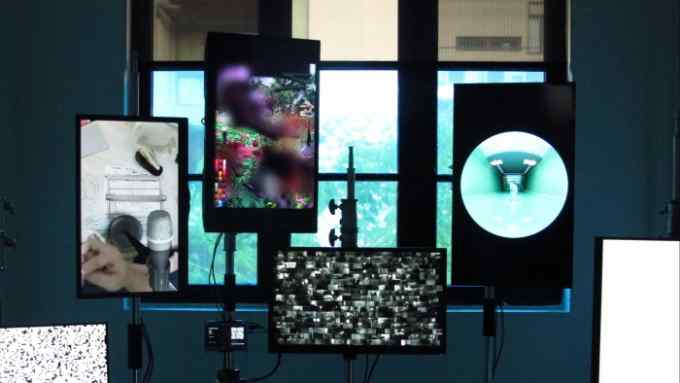
Comments